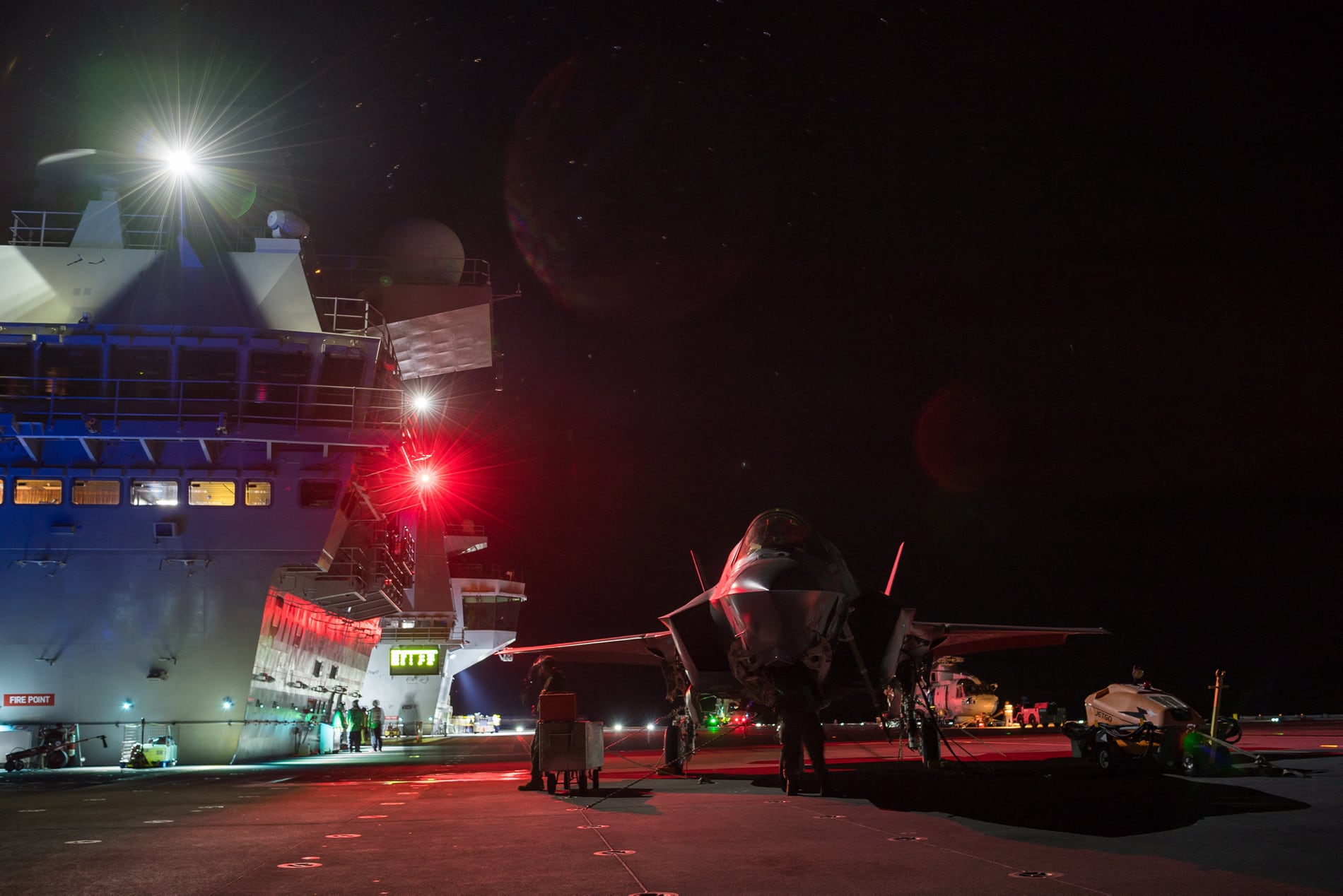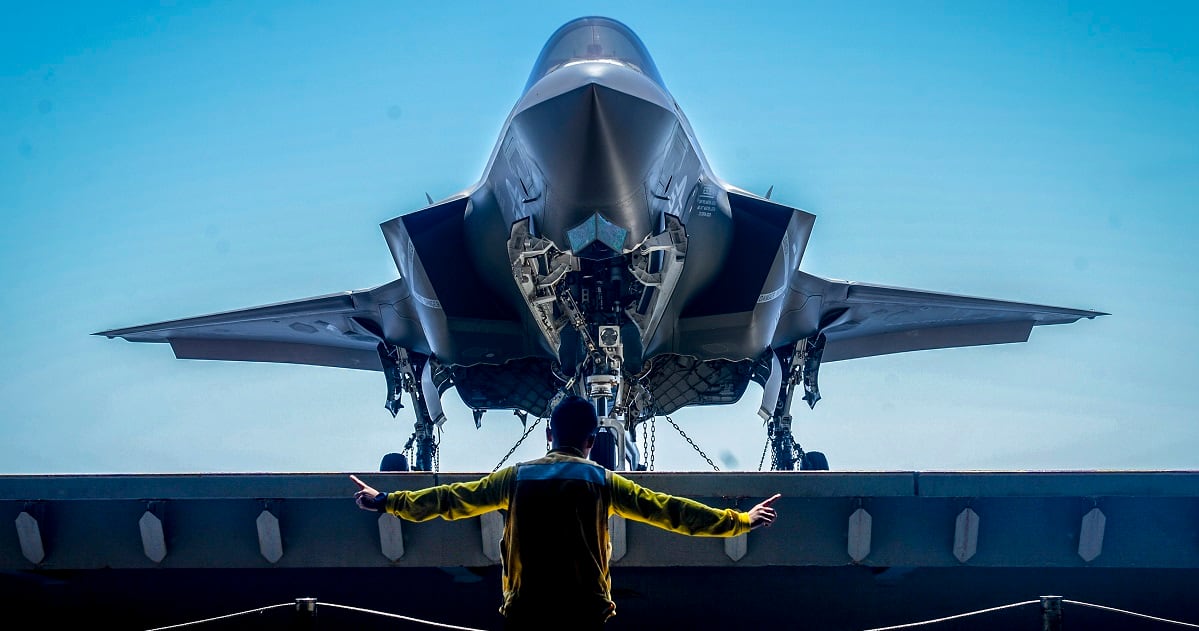WASHINGTON — The F-35 has officially entered into its operation test phase, paving the way for a full rate production decision next year, the program office announced Dec. 6.
During initial operational test and evaluation, also known as IOT&E, the Joint Strike Fighter Operational Test Team will put the aircraft through its paces to “identify areas for improvement in the most stressing operationally representative environments,” the F-35 joint program office said in a statement.
The Pentagon’s independent weapons tester — Robert Behler, director of operational test and evaluation (DOT&E) — will oversee the effort and provide feedback to congressional and department leaders.
RELATED

“The start of formal operational testing is a milestone more than 18 years in the making,” Vice Adm. Mat Winter, F-35 program executive officer, said in a statement.
“It is the culmination of years of hard work and dedication from the joint government and industry team who completed the most comprehensive, rigorous and the safest developmental flight test program in aviation history. While aircraft are in operational test, the F-35 Joint Program Office will continue to support the delivery of phased capability improvements and modernization of the air system.”
Earlier this year, the program began “pre-IOT&E” tests that included assessments of cold weather operations, suitability deployment, weapons demos and low-threat missions conducted by two-ship teams. However, the F-35’s entry formal entry into IOT&E comes several months later than the program office had hoped — and, according to Breaking Defense, 16 months behind the test plan the program put forward in 2012.
In August, Behler pushed the start date from September to November, to allow for the delivery of the jet’s newest software, a version of the 3F software known as 30R02. Behler believed that this version would better support complex missions and fix technical issues that could keep the jet from interfacing properly with the Air-to-Air Range Infrastructure system, which allows for range-based testing and training.
Then in October, the program office temporarily put a stop to F-35 operations to conduct fuel tube inspections in the wake of an F-35B crash. Most jets were returned to flight within days after maintainers confirmed that tubes were not faulty, but aircraft with suspect tubes needed to have replacements installed.
At the time, the JPO expressed confidence that it could still begin IOT&E in November.
RELATED

However, 17 of the 23 aircraft picked for IOT&E flight tests were found to have faulty tubes, stated a JOTT memo obtained by Defense News. That factor — along with a separate round of inspections that were authorized for some jets later in October — may have contributed to the program missing its revised start date on Nov. 13.
Even with a schedule delay of almost three months, the Pentagon’s current goal is to finish IOT&E by the end of summer 2019. However, a September 2018 presentation by F-35 test director Air Force Col. Varun Puri states that the test period could run into September 2019.
In a statement, F-35 manufacturer Lockheed Martin said the decision to move to IOT&E shows the aircraft’s progress as it moves out of the development phase and toward full rate production.
“With more than 340 F-35s operating from 15 bases around the world and delivering exceptional capabilities to the warfighter, we are confident in the F-35 weapon systems’ operational performance, capability and suitability today and for decades to come,” the company said. “The Department of Defense serves as the lead for the formal F-35 Initial Operational Test and Evaluation, and we look forward to providing our full support.”
Valerie Insinna is Defense News' air warfare reporter. She previously worked the Navy/congressional beats for Defense Daily, which followed almost three years as a staff writer for National Defense Magazine. Prior to that, she worked as an editorial assistant for the Tokyo Shimbun’s Washington bureau.








